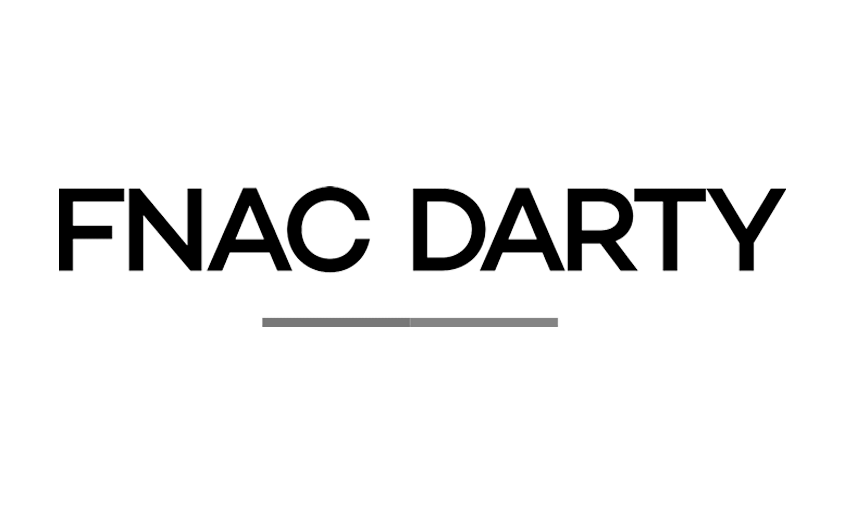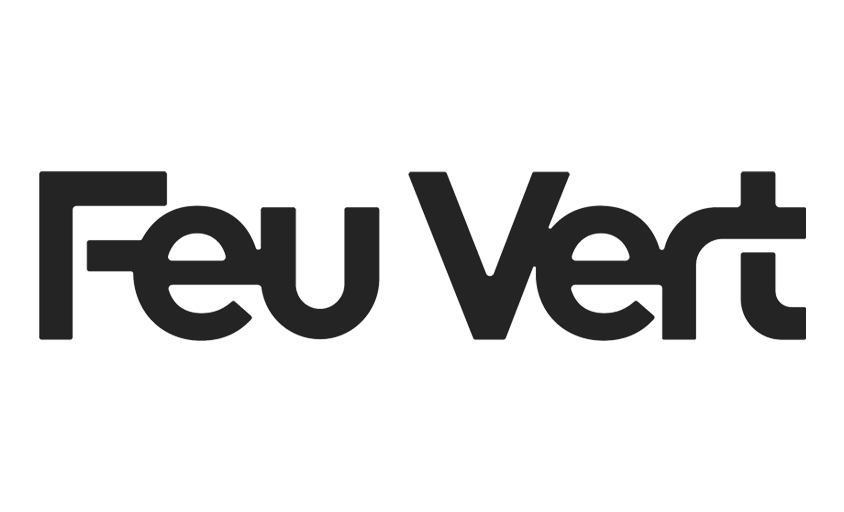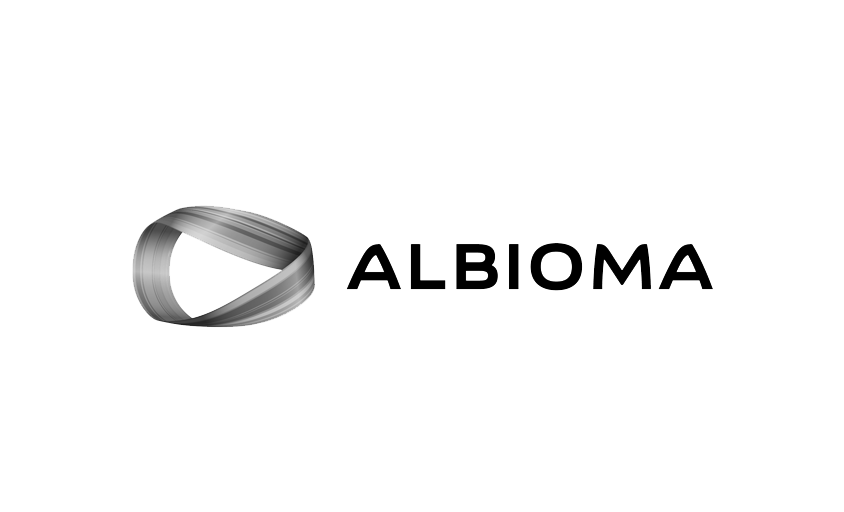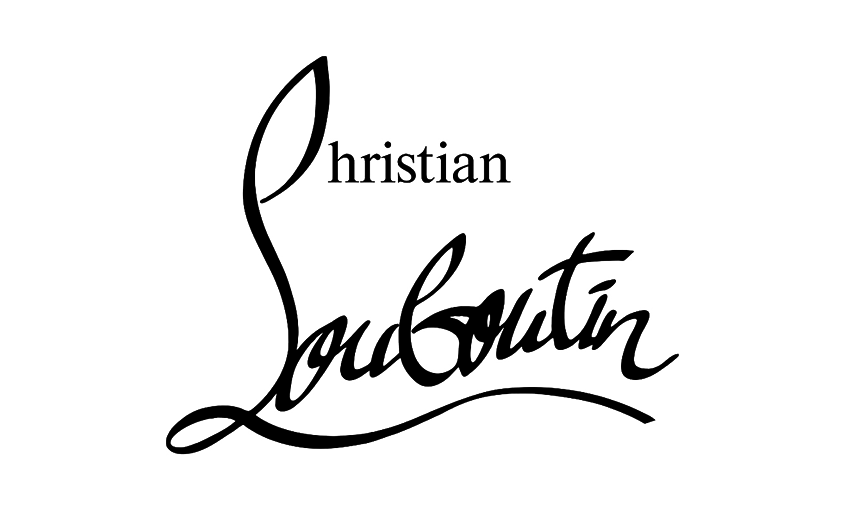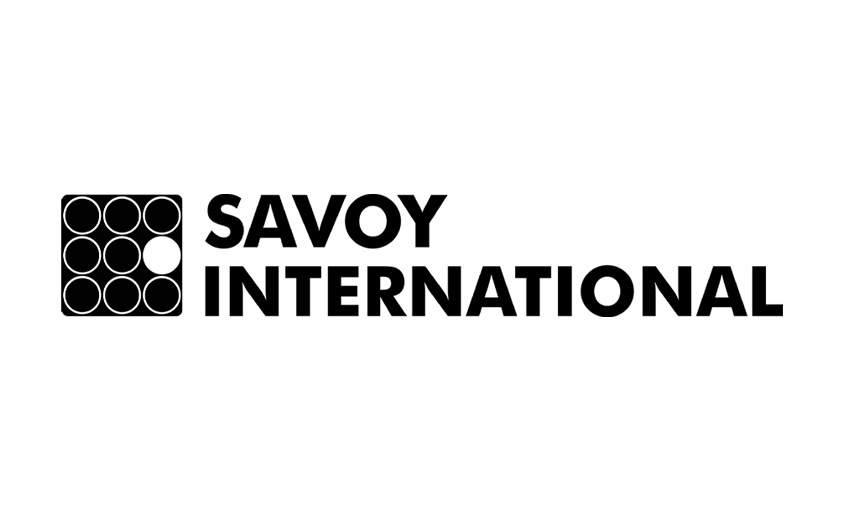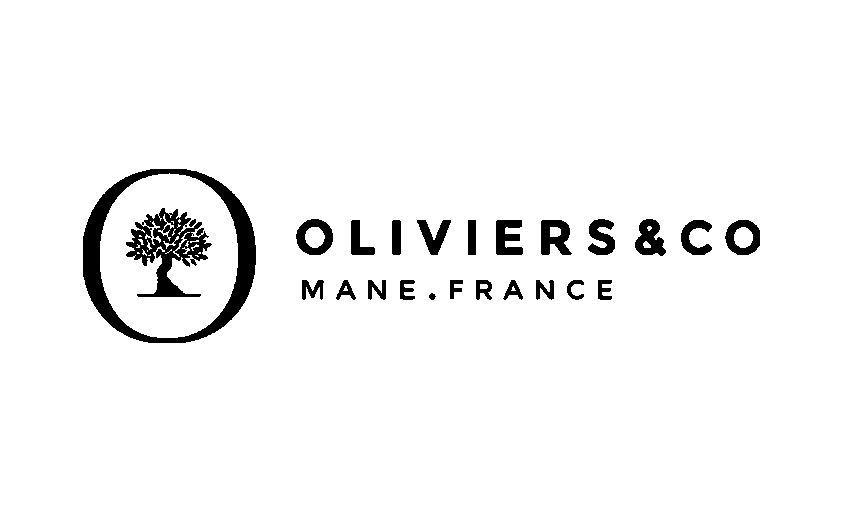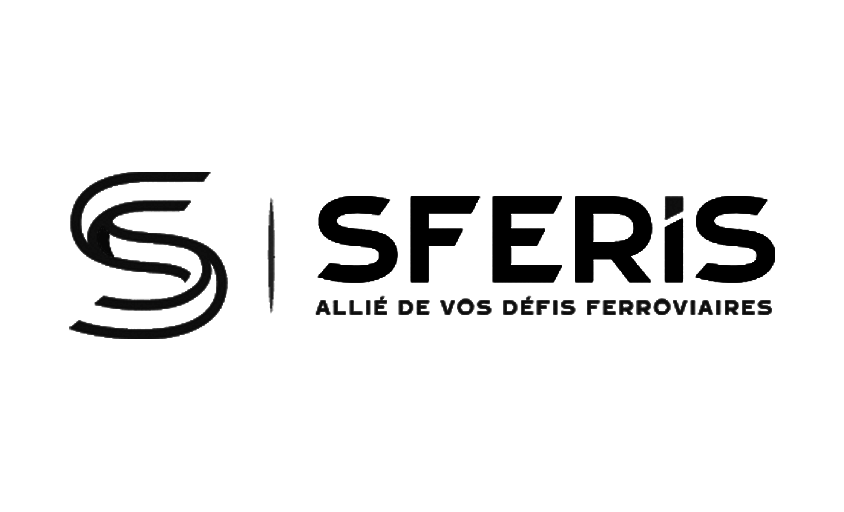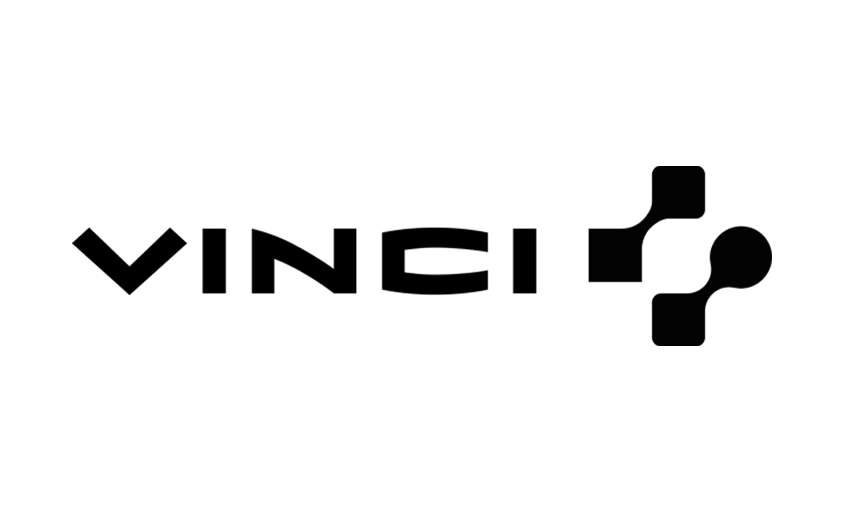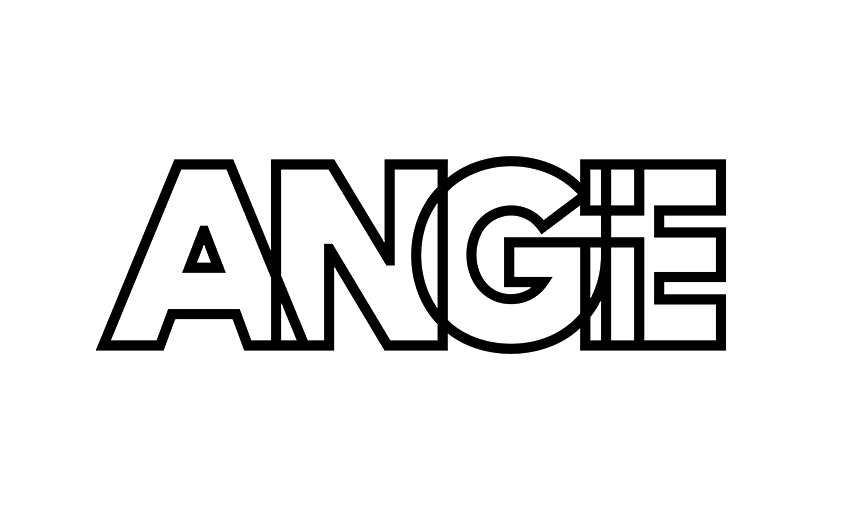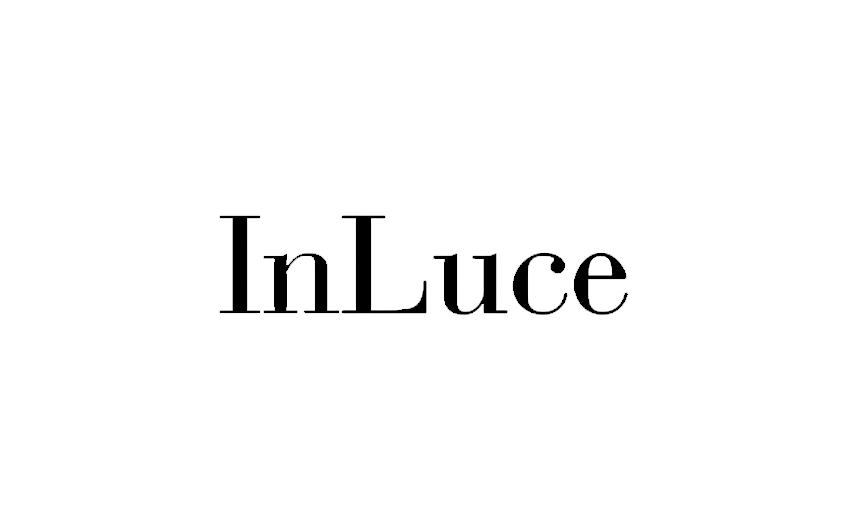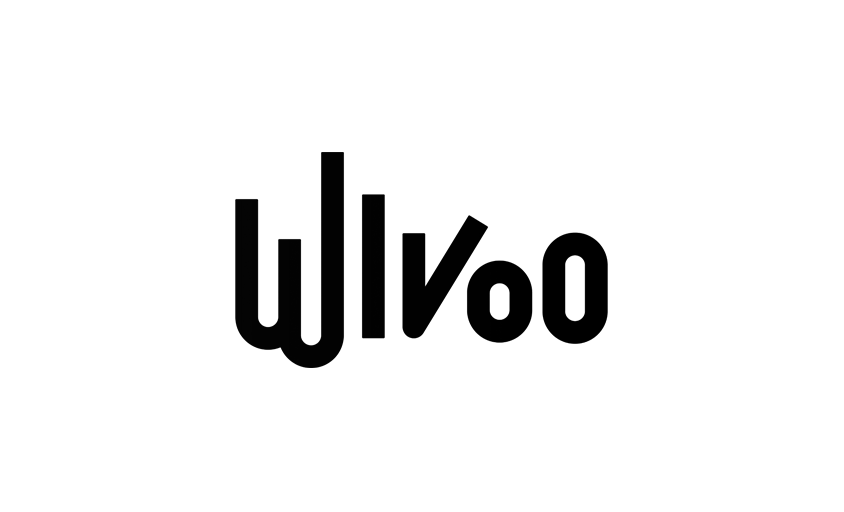How to Protect Your Work as a Photographer?
In this article :
For a freelance photographer, the images produced represent much more than creative work: they form the very heart of their activity. Yet many professionals overlook the issue of legal protection. In a market where content circulates rapidly on the internet and social networks, ensuring the defense of copyright is not optional, it is essential.
Protecting your photographs means guaranteeing recognition of your work, preventing abusive use, and preserving the economic value of your creations.
Understanding Copyright in Photography
In France, as in many other countries, any original work is automatically protected by copyright from the moment of creation. It is not necessary to formally register your photos to hold these rights.
However, in case of a dispute, it is up to the author to prove authorship and the date of creation. This step is often overlooked, even though it is central to defending your rights.
Key points to remember:
- Moral rights (inalienable) ensure authorship and respect for the work.
- Economic rights (transferable or licensable) govern the commercial use (reproduction, distribution, public display).
Registration and Formalities: How to Prove Creation?
Even though the law automatically protects works, a freelance photographer has every interest in registering their work to establish solid proof. Several solutions exist:
- Soleau envelope (INPI): official, cost-effective registration, valid for 5 years and renewable.
- Sending a registered letter to yourself: a traditional method, still recognized if the sealed envelope remains intact.
- Certified digital deposit services: blockchain timestamping, trusted online third parties, specialized platforms.
- Contracts and invoices: any written mention of the commission, dated and signed, can also serve as evidence.
The goal is not to register every single photo, but above all to secure major projects, original series, or strategic commissions.
Common Mistakes to Avoid
Many freelance photographers make the same errors when it comes to protecting their work:
- Assuming that everyone respects copyright: in reality, image theft is common.
- Publishing without a watermark or credit: this makes abusive reuse easier.
- Forgetting to include a contractual clause specifying the terms of image use.
- Neglecting social networks: the terms of service of some platforms grant very broad licenses.
- Failing to act in case of theft: ignoring infringement risks it being repeated.
Practical Tips to Secure Your Photographs
Beyond official registrations, some simple habits can strengthen your legal and professional security:
- Always sign your contracts (even with close clients) and specify the terms of rights transfer.
- Add EXIF/IPTC metadata to your files (name, copyright, contact information).
- Use a discreet watermark for images shared online, especially on public portfolios.
- Monitor your work with reverse image search tools (Google Images, TinEye, Pixsy).
- React quickly: a formal cease-and-desist letter, even a simple one, can be enough to have a stolen image removed.
- Keep organized archives (dates, versions, source files): good filing makes it easier to prove prior authorship.
Conclusion
Protecting your work is not just an administrative detail: it is a safeguard for the economic and creative survival of any freelance photographer. By combining legal tools (registration, deposits) with good professional habits (contracts, credits, monitoring), it is possible to significantly reduce the risks associated with the misuse of images.
At Rétines, we understand that the value of an image also depends on its protection. Our support includes this dimension, ensuring that each photographic project is considered both in its creation and its legal security.
Protecting your photographs is protecting your profession.
Jérémy Carlo is the editorial director at Rétines, where he ensures the consistency and clarity of all content produced by the studio.
Our Clients
Let’s discuss
What we do for you at Rétines
Meticulous work, an organised project and fast delivery. And to achieve this, we mobilise the right resources in our teams at the right time.
01
Pre-production
Artistic and technical direction tailored to the project.
Relevant recommendations on content, form and resources.
02
Photo Shooting
Photos taken by our experienced photographers.
Production that’s controlled, efficient and tailored to the needs of the project, with nothing superfluous.
03
Retouching
Technique
Photographs magnified by our retouching team.
Post-production to meet the commercial challenges of the brief.

